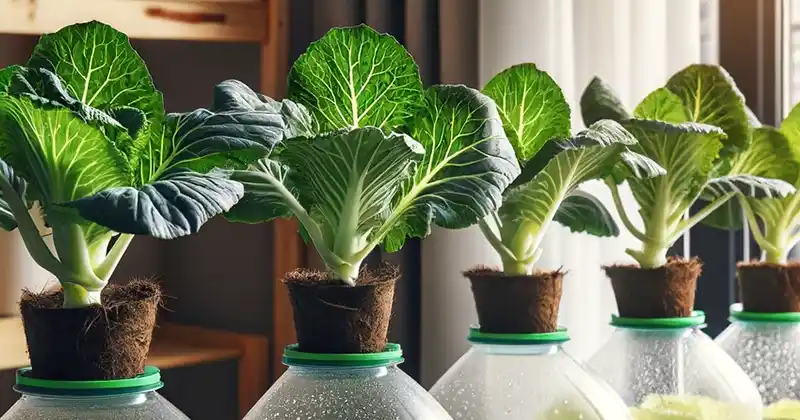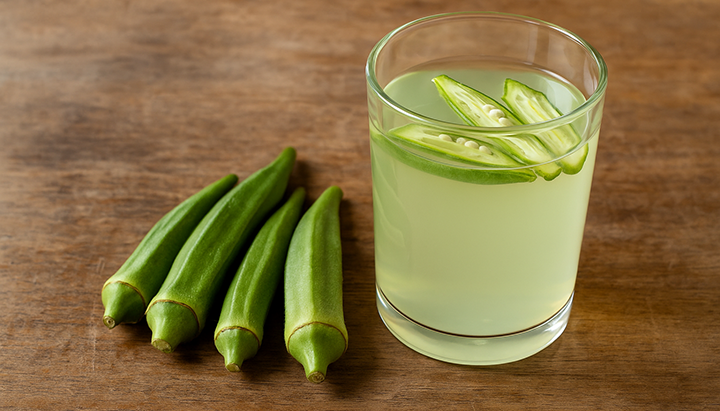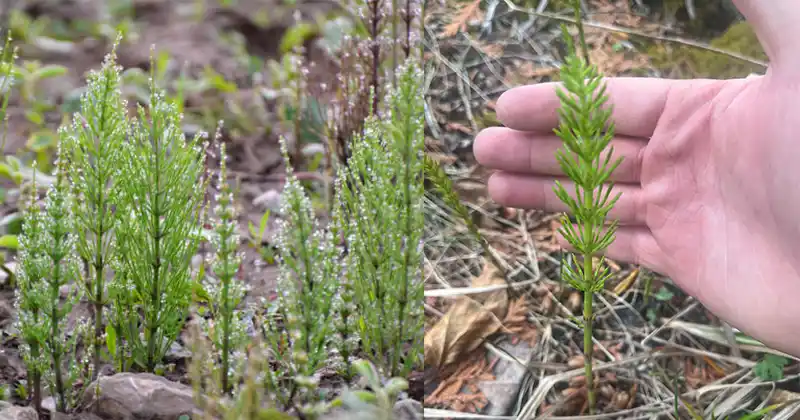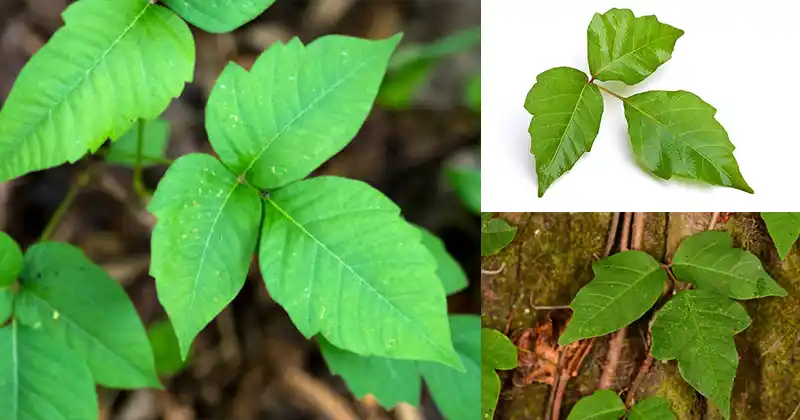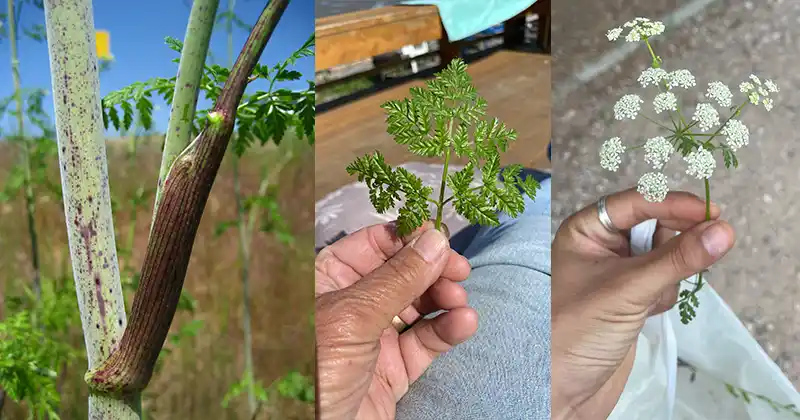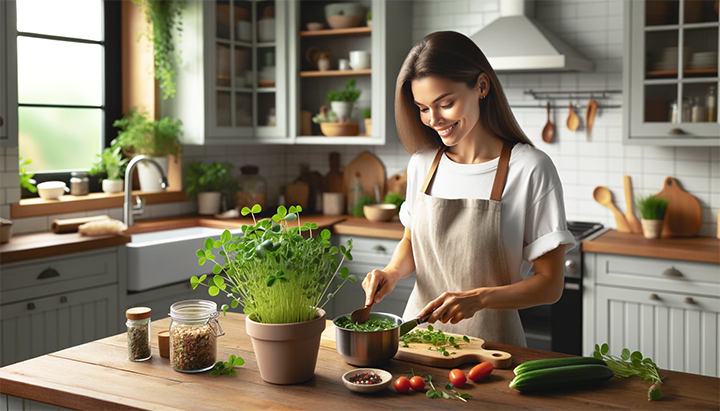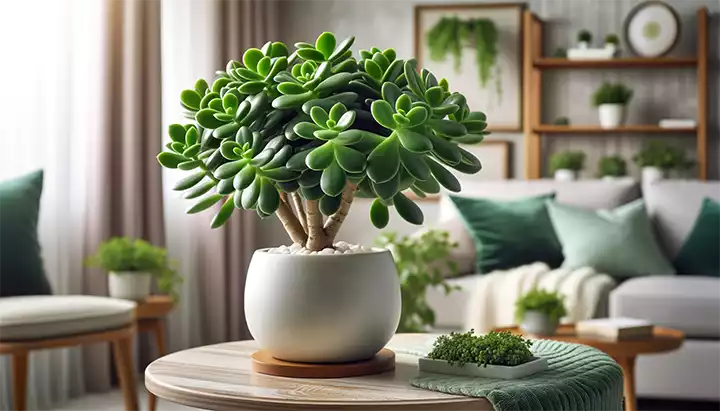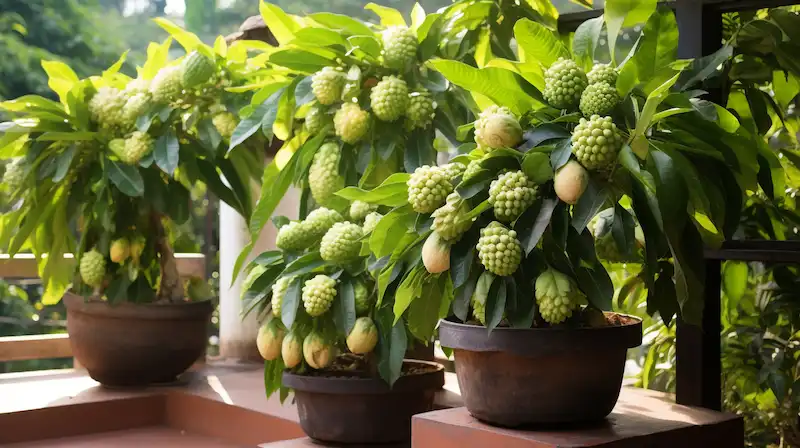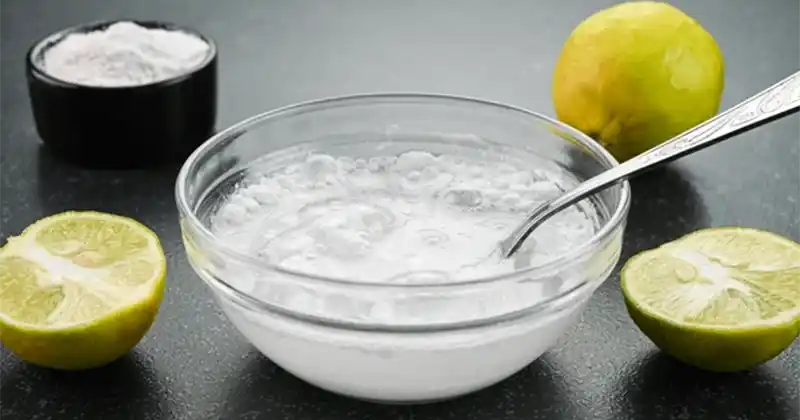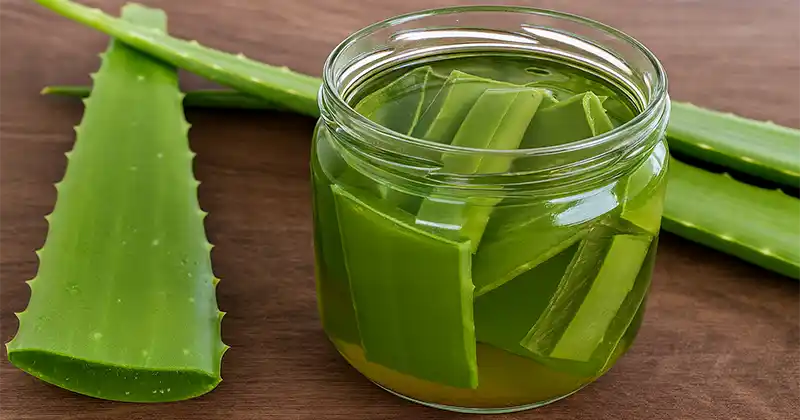Are you looking for a sustainable and innovative way to grow cabbage right in your home? Our guide on “How to Grow Hydroponic Cabbage in Recycled Plastic Bottles at Home” is designed to help you create a thriving, eco-friendly garden using everyday materials. This method not only recycles plastic bottles but also introduces you to the wonders of hydroponic gardening.
Materials Needed
- 5L plastic bottles
- Sharp knife or scissors
- Small cups (about the size of a regular cup)
- Cocopeat
- Cabbage seedlings
- Hydroponic nutrient solution (a mix of 7ML nutrient concentrate per 5L of water)
- Water
Step-by-Step Guide
- Preparing the Bottles: Begin by taking your 5L plastic bottles and carefully cutting off the neck. Aim for an opening roughly the width of a cup. This modification allows the bottle to accommodate the cup that will hold your cabbage seedling.
- Setting up the Cup: Take your small cup and fill it with cocopeat. Cocopeat is an excellent medium for hydroponic systems due to its ability to retain moisture and provide good aeration. Plant your cabbage seedling in the center of the cup, ensuring the roots are well embedded in the cocopeat.
- Mixing the Hydroponic Solution: Prepare your hydroponic solution by mixing 7ML of hydroponic nutrient concentrate with 5L of water. This nutrient-rich solution will feed your cabbage plant throughout its growth cycle.
- Assembling the System: Place the cup with the seedling into the opening of the bottle. Ensure that the roots of the cabbage extend slightly into the bottle to absorb the nutrient solution.
- Maintenance and Care: Regularly check the level of the nutrient solution in the bottle and top it up as needed. It’s crucial to maintain a consistent level of nutrients for optimal growth. Additionally, ensure your hydroponic cabbage gets sufficient light, either natural or through grow lights.
- Monitoring Growth: Watch your cabbage grow! It’s essential to monitor the plant for any signs of nutrient deficiencies or pests. Healthy cabbage plants should display vibrant leaves and steady growth.
Hydroponic gardening is an efficient and environmentally friendly method to grow vegetables at home. By using recycled plastic bottles, you’re contributing to a greener planet while enjoying the fruits of your labor. This simple yet effective setup is ideal for beginners and seasoned gardeners alike, offering a fun and rewarding way to grow cabbage at home.
Remember, the key to successful hydroponic gardening is maintaining the right balance of nutrients and light. With patience and care, you’ll be able to harvest fresh, home-grown cabbage right from your indoor garden!
